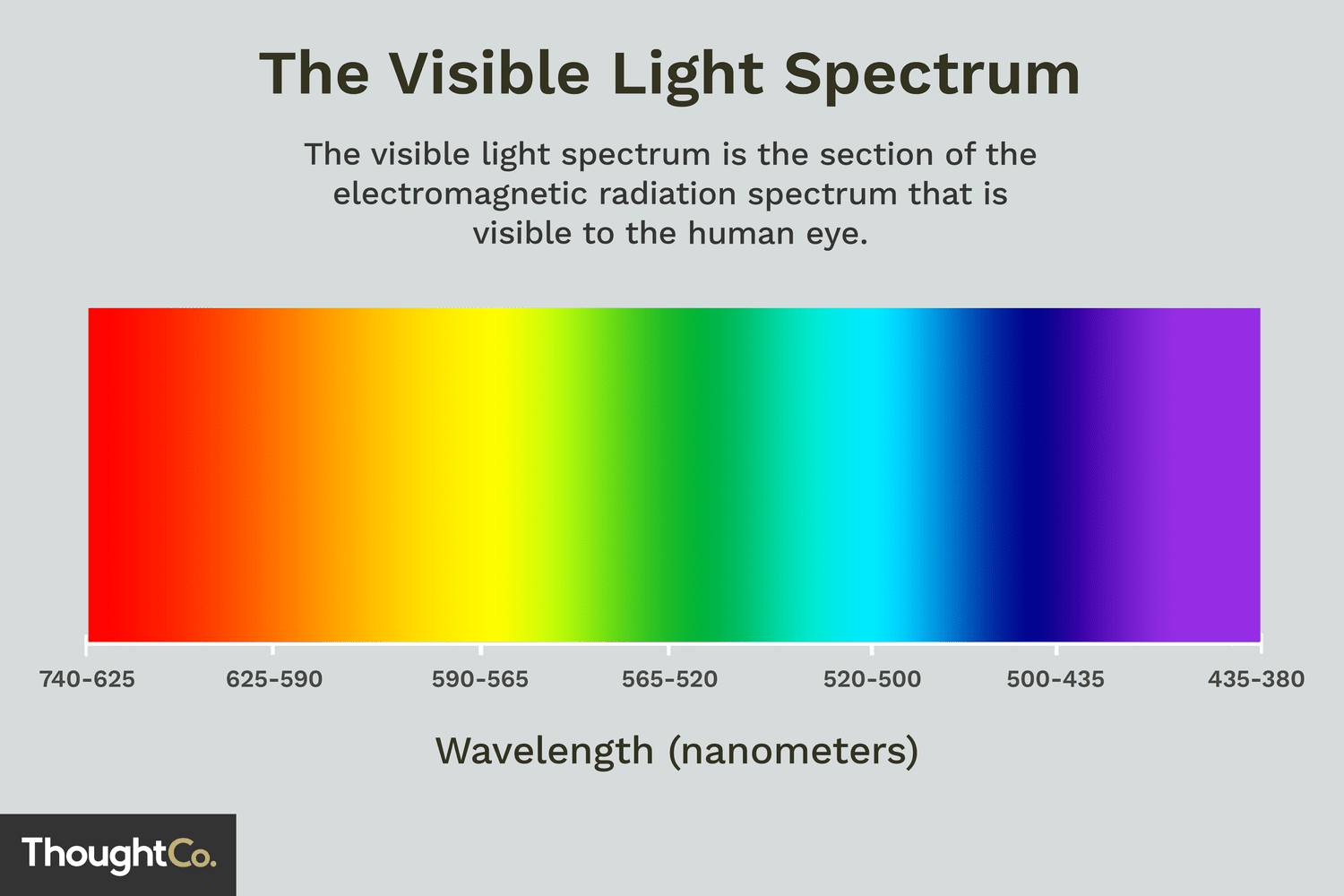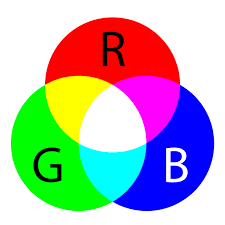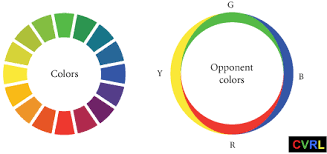AP REVIEW: Sensation & Perception
1/84
Earn XP
Description and Tags
Name | Mastery | Learn | Test | Matching | Spaced |
|---|
No study sessions yet.
85 Terms
Absolute threshold
The minimum amount of stimulus needed for a person to detect it at least 50% of the time. It varies across individuals and sensory modalities.
Signal detection theory
A framework used to understand how we make decisions in the presence of uncertainty, by distinguishing between signal and noise.
Difference threshold
The minimum amount of change needed for a person to detect a difference between two stimuli. It's also known as the just noticeable difference (JND).
Weber’s law
States that the just-noticeable difference between two stimuli is proportional to the magnitude of the stimuli.
Sensory Adaption
The process where sensory receptors become less sensitive to constant stimuli, allowing us to focus on new or changing stimuli. - Permits you to focus your attention on informative changes in your environment without being distracted by irrelevant data such as odors or background noises.
Transduction
The process by which sensory receptors convert physical signals from the environment into neural signals that the brain can interpret.
Perception
The process of organizing and interpreting sensory information to give meaning to the environment. It involves selecting, organizing, and interpreting stimuli. - Enabling you to recognize meaningful objects and events.
Rods
Photoreceptor cells in the retina that detect low light levels and are responsible for night vision. They are sensitive to black and white light.
Cones
Photoreceptor cells in the retina responsible for color vision and detail in bright light.
Cornea
The transparent tissue in front of your eye, rays of light entering your eye are bent first by the curved transparent cornea.
Iris
The colored part of the eye that controls the size of the pupil and regulates the amount of light that enters the eye.
Pupil
Part of the eye that controls the amount of light entering the eye by changing the size of the opening.
Lens
A clear, curved structure at the front of the eye behind the pupil. It focuses light rays that enter the eye through the pupil, making an image on the retina
Nearsighted
Also known as myopia, is a common vision condition where distant objects appear blurry. It occurs when the eyeball is too long or the cornea is too curved.
Farsighted
Ability to see distant objects clearly but struggle with close-up vision. Also known as hyperopia. Often corrected with glasses or contact lenses. Happens if too little curvature of the cornea and/or lens focuses the image behind the retina so distant objects are seen more clearly than nearby ones.
Astigmatism
A common vision condition causing blurred or distorted vision due to an irregularly shaped cornea or lens. It can be corrected with glasses or contact lenses.
Dark Adaption
The process by which the eyes adjust to low light levels, allowing better vision in the dark. When it suddenly becomes dark, your gradual increase in sensitivity to the low level of light
Bipolar cells
Neurons found in the retina that transmit signals from photoreceptors to ganglion cells. They play a key role in visual processing.
Ganglia cell
Specialized nerve cells in the retina that detect contrast and movement, helping with visual perception in low light conditions.
Blind spot
Area in the eye where the optic nerve exits, lacking photoreceptor cells, causing a gap in vision. Brain fills in missing information. There also aren’t any rods or cones.
Feature detectors
Specialized neurons in the brain that respond to specific features of a stimulus, such as edges, angles, or motion. They play a crucial role in visual perception and object recognition.
Parallel processing
The ability of the brain to simultaneously process multiple aspects of a task or stimulus, enhancing efficiency and speed.

Wavelengths of light
The distance between two corresponding points on a wave. Different colors of light have different wavelengths, with red having the longest and violet the shortest.

Trichromatic theory
Explains color vision with three types of cones sensitive to red, green, and blue light, combining to create various colors.

Ewald Hering’s Opponent-process theory
Theory proposing that color vision is based on opposing pairs of colors, such as red-green and blue-yellow, explaining color perception in the human visual system.
Color-blind
Inability to distinguish certain colors due to a deficiency in the cones of the retina. It is a genetic condition affecting males more frequently.
Auditory system
The sensory system responsible for the sense of hearing, including the ear structures and the brain pathways that process sound stimuli.
Amplitude
The height of a wave from the baseline to the crest, indicating the strength or intensity of a stimulus in perception and the loudness of sound waves.
Pitch
The perceived frequency of sound waves. It determines if a sound is high or low. It's measured in Hertz (Hz), with higher frequencies being perceived as higher pitch.
Timbre
Refers to the quality of a sound that distinguishes it from other sounds of the same pitch and volume. It is often described as the "color" of a sound. - A mixture of sound waves
The pinna
The outer visible part of the ear that collects and funnels sound waves into the ear canal for processing by the middle and inner ear.
The eardrum
A thin membrane that vibrates in response to sound waves, transmitting them to the middle ear for further processing.
Ossicles
The three smallest bones in the human body located in the middle ear: the hammer, anvil, and stirrup. They amplify sound vibrations for hearing.
The Hammer
The first of the three ossicles in the middle ear, known as the malleus. It transmits sound vibrations from the eardrum to the anvil (incus).
Anvil
A small bone in the middle ear that transmits vibrations from the hammer to the stirrup. Also known as the "incus.”
Stirrup
Part of the middle ear that transmits sound vibrations from the anvil to the inner ear. It is the smallest bone in the human body.
Cochlea
Part of the inner ear responsible for hearing. Contains hair cells that convert sound vibrations into electrical signals sent to the brain.
Basilar Membrane
A structure in the cochlea that plays a crucial role in hearing by vibrating in response to sound waves, stimulating hair cells for auditory signal transmission.
Auditory neurons
Nerve cells in the cochlea that transmit sound information to the brain for processing and interpretation. Sends sound to the temporal lobe auditory cortex via the medulla, pons, and thalamus.
Sound localization
The brain's ability to determine the origin of a sound in space, helping us locate where the sound is coming from.
Frequency theory
States that the rate of nerve impulses traveling up the auditory nerve matches the frequency of a tone, enabling us to perceive pitch.
Conduction deafness
A loss of hearing that results when the eardrum is punctured or any of the ossicles lose their ability to vibrate.
Nerve deafness
Also known as sensorineural hearing loss, it is caused by damage to the cochlea, hair cells, or auditory neurons resulting in difficulty hearing faint sounds.
Somatosensory system
The body's ability to perceive touch, temperature, pain, and body position through sensory receptors in the skin, muscles, and joints.
Itching
Results from repeated gentle stimulation of pain receptors
Tickle
Results from repeated stimulation of touch receptors
Wetness sensation
Results from simultaneous stimulation of adjacent cold and pressure receptors.
Touch
Necessary for normal development and promotes a sense of well-being.
Gate-control theory
Explains pain perception. It suggests that the spinal cord contains a 'gate' that can block or allow pain signals to reach the brain, influenced by both physical and psychological factors. - You experience pain only if the pain messages can pass through a gate in the spinal cord on their route to the brain.
Kinesthesis
Sense of body position and movement through receptors in muscles, tendons, and joints. Allows for coordination and control of voluntary movements.
Vestibular sense
Sensory system that provides information about body position and movement through receptors in the inner ear, helping maintain balance and spatial orientation.
Gustatory system
The sense of taste, involving the perception of different flavors through taste buds on the tongue and other parts of the mouth.
Olfactory system
The sensory system responsible for the sense of smell, detecting odors through olfactory receptors in the nasal cavity.
Chemical senses
Sensory systems that detect chemical stimuli, such as taste and smell, allowing us to perceive flavors and scents in our environment. - Important systems for warning and attraction.
Taste receptor cells
Specialized cells on the tongue that detect different tastes such as sweet, sour, salty, bitter, and umami. - On your tongue, roof of your mouth, and the opening of your throat.
Tasters
Individuals who are sensitive to taste stimuli, perceiving flavors more intensely than others due to genetic differences in taste receptors. - Average number of taste buds
Non-tasters
Individuals who cannot detect certain tastes due to genetic variations in taste receptors. - Fewer taste buds
Supertasters
Individuals with heightened taste perception due to having more taste buds than average, particularly sensitive to bitter and strong flavors like spice and alcohol.
Selective attention
The ability to focus on specific stimuli while filtering out others. It helps in processing relevant information effectively. - You focus your awareness on only a limited aspect of all you are capable of experiencing.
Bottom-up processing
Processing information starting from the individual elements and building up to a complete perception or understanding. It involves analyzing details before forming a whole picture.
Top-down processing
When our prior knowledge and expectations influence how we perceive and interpret sensory information, guiding our perception and decision-making.
Visual capture
A phenomenon where our vision dominates other senses, leading us to perceive visual stimuli more accurately or prominently than auditory or tactile information. - Vision dominates.
Pi Phenomenon
A type of perceptual illusion that tricks your eyes into thinking that still images are actually moving.
Figure-group relationship
The figure is the dominant object, and the ground is the natural and formless setting for the figure. - When humans perceive a visual image, they tend to simplify it by separating it into figure and ground. The target object becomes the observer's main focus, both visually and mentally.
Proximity
Pefers to the principle of grouping elements that are close to each other, creating a visual relationship between them. States that people treat objects close together as a group.
Closure
States that we tend to fill in gaps in patterns. Is not limited to vision.
Similarity
The human eye tends to perceive similar elements in a design as a complete picture, shape, or group, even if those elements are separated
Continuity
When visual elements are aligned with each other, our visual perception is biased to perceive them as continuous forms rather than disconnected segments.
Optical illusions
Visual tricks that deceive the brain into perceiving something that is not present or inaccurately interpreting an image.
Visual illusions
Misleading perceptions caused by the brain misinterpreting sensory information. They demonstrate the brain's ability to fill in missing information.
Depth perception
The ability to judge the distance of objects.
Monocular cues
Visual cues that can be perceived with one eye, such as linear perspective, interposition, and relative size, used for depth perception in vision.
Binocular cues
Depth cues that require the use of both eyes, providing information about the distance and depth of objects.
Retinal disparity
The difference in the images seen by each eye, allowing for depth perception and 3D vision.
Motion parallax
The visual effect where objects closer to you appear to move faster than objects further away when you are in motion.
Interpositon
When one object partially blocks another, making the blocked object appear farther away.
Relative size
A perceptual cue where larger objects are perceived as closer than smaller objects, assuming they are at a similar distance.
Relative clarity
Can be seen when closer objects appear sharper than more distant, hazy objects.
Texture gradient
Refers to the visual phenomenon where objects appear smaller, less detailed, and more densely packed as they move further away.
Relative height
A visual cue used in art to show depth and distance. Objects higher on the page appear farther away, creating a sense of perspective.
Linear perspective
A technique in art where parallel lines converge at a single point to create the illusion of depth and distance in a two-dimensional space.
Relative brightness
The perception of how bright an object appears compared to its surroundings. It is influenced by factors like luminance and contrast.
Perceptual consistency
The tendency to perceive objects as stable and unchanging despite changes in sensory information. Ex. when a car is moving towards you, you understand that it’s actual size is not changing. The car is not getting physically bigger your perception of it is instead what’s changing.
Perceptual Adaption
The brain's ability to adjust to changes in sensory input over time, allowing us to adapt to new environments and stimuli.
Perceptual Set
A mental predisposition to perceive something in a particular way based on previous experiences, expectations, and beliefs.